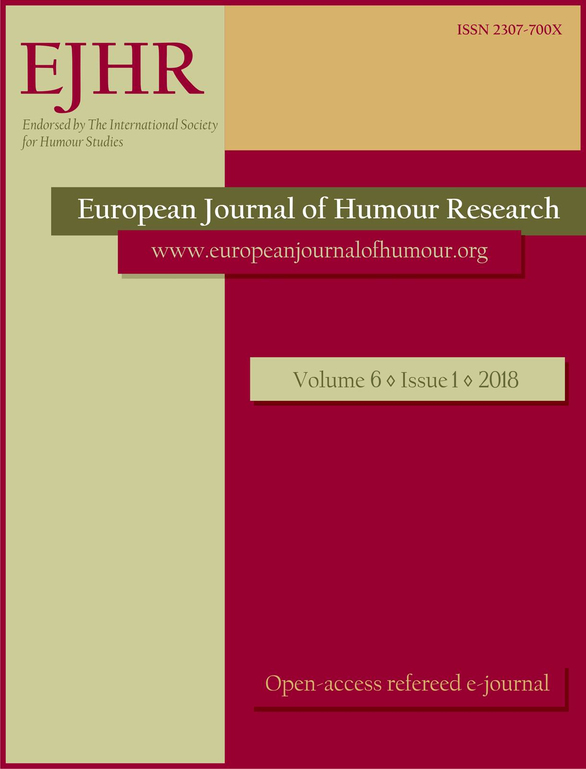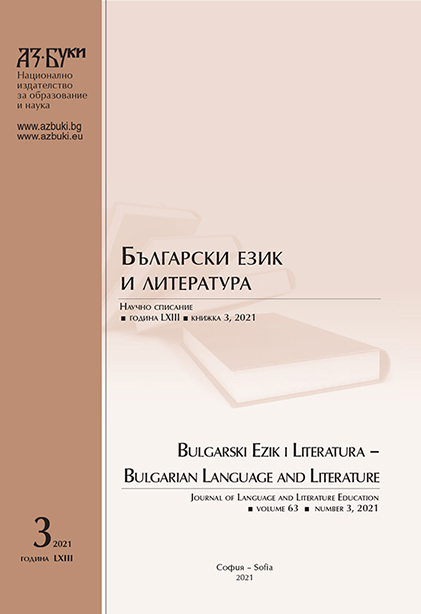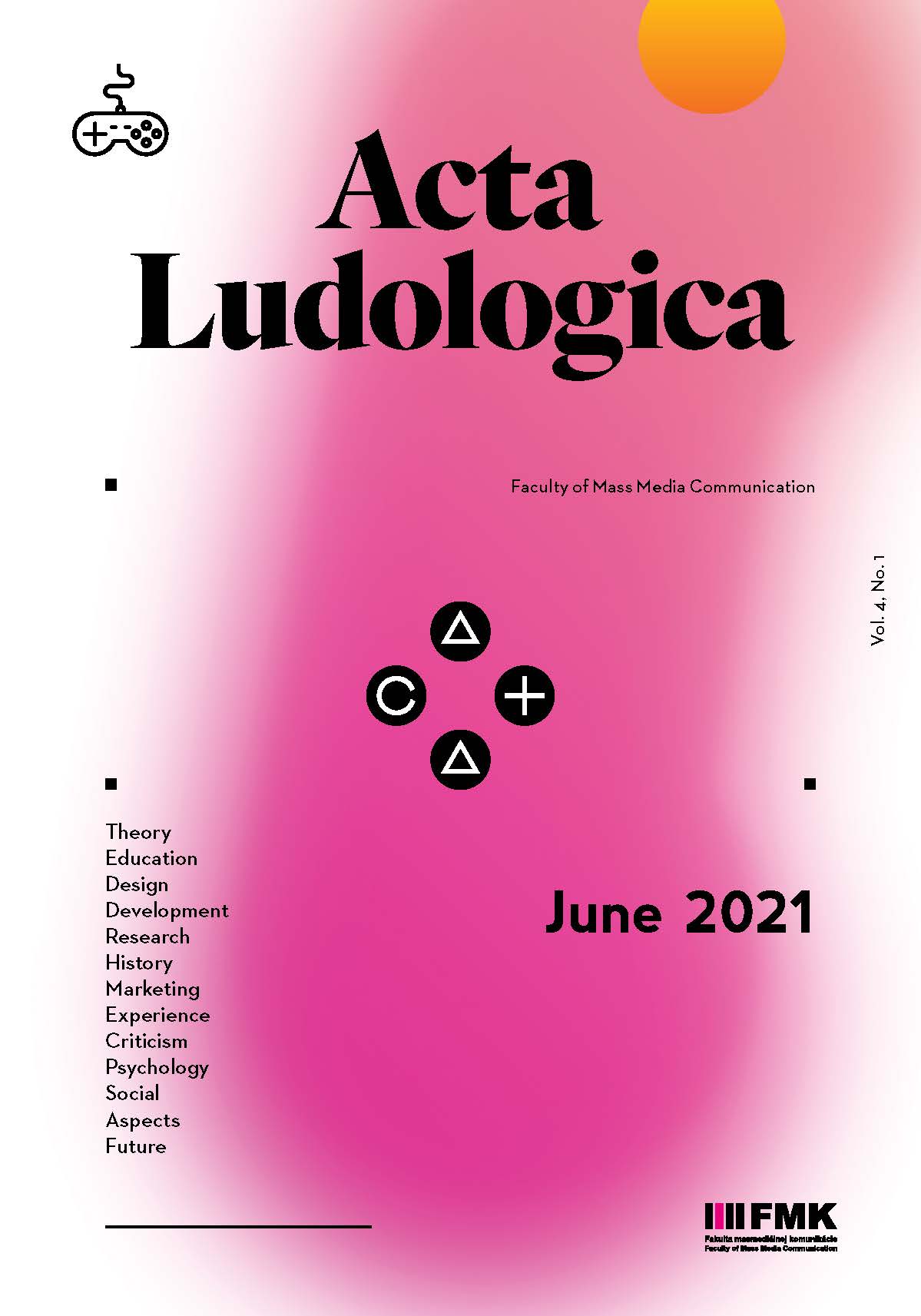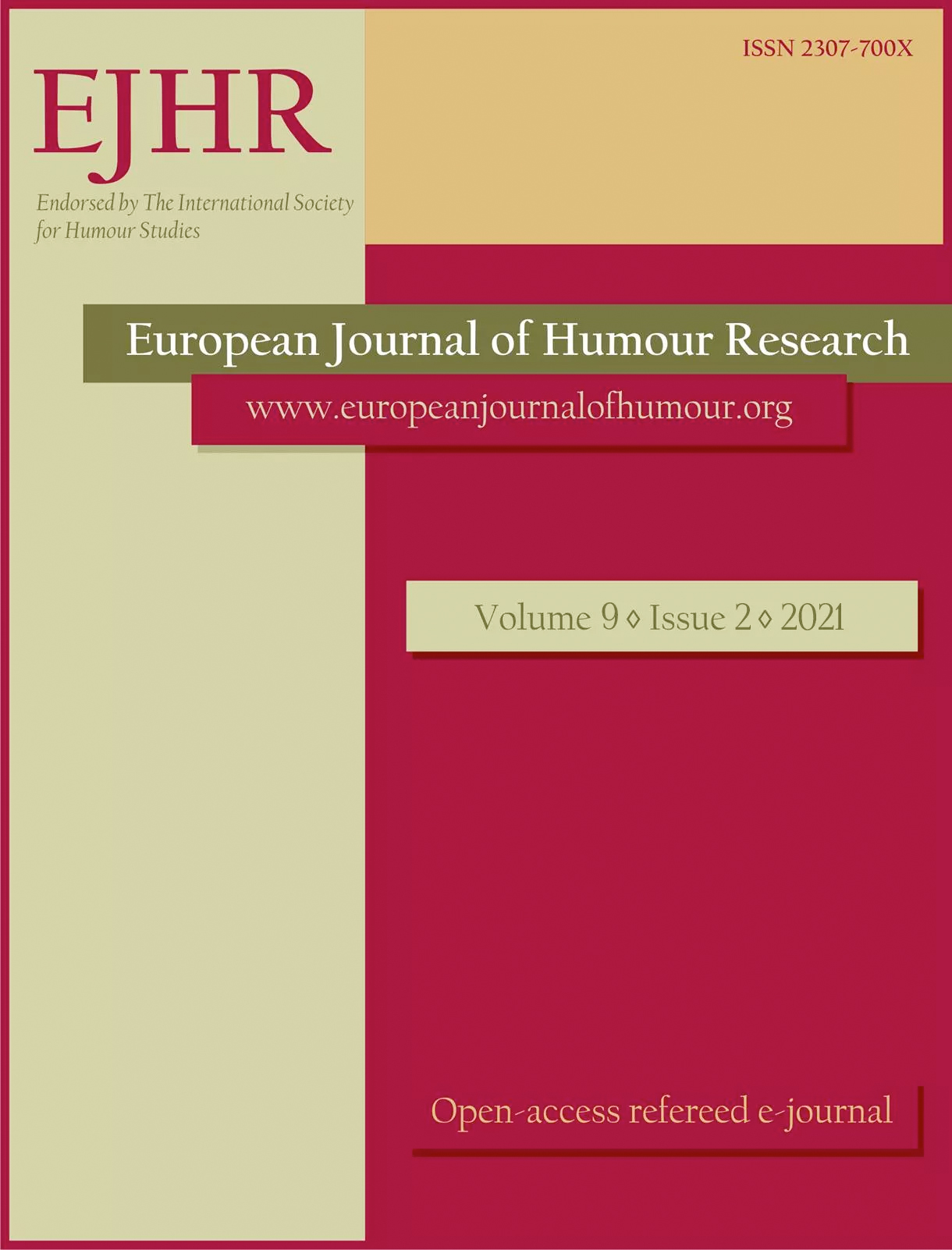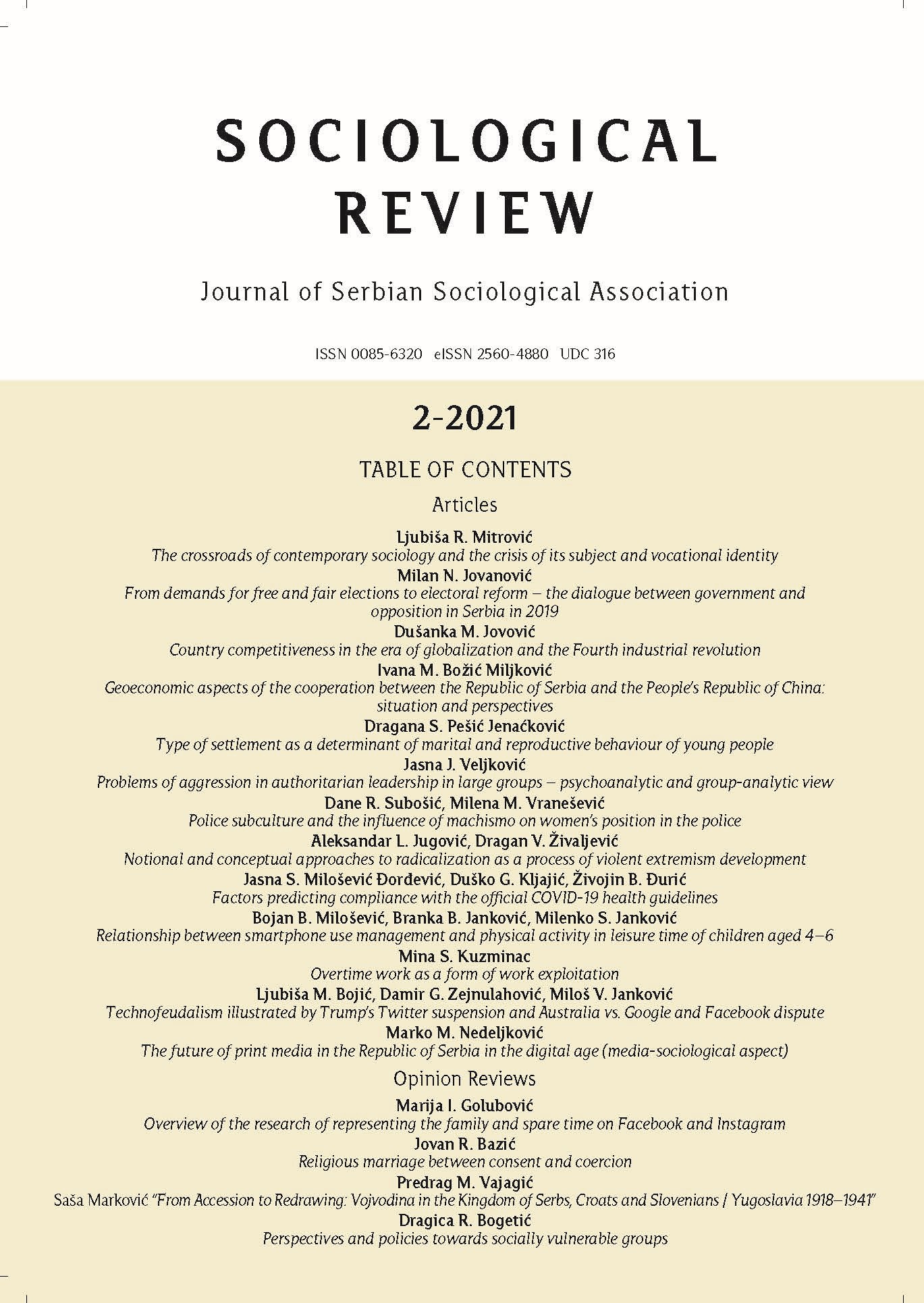Semiotic Aspects of Sound and Music in Science-fiction Films
The development of the sound playback technology has changed the way sound is used in the structure of the film. In addition, the public has become more refined and no longer accepts a mechanical sound rendering. Altered by effects, the sound is called to reinforce the fiction proposed by the image, changing the perception of space and movement, but also highlighting subjective points of view. However, it is always claimed that it should have diegetic fidelity. In the case of science-fiction films, this “fidelity” has specific aspects. First, there are unknown sounds of objects or phenomena, which are supposed to be imagined, created. Nevertheless, particularly in science-fiction these sounds must, to some degree, match the scientific description of the phenomenon they represent, or at least, a popular perception of these scientific theories. Thus results a pseudo-iconicity of sound and music in science-fiction films, which this paper will study.
More...
